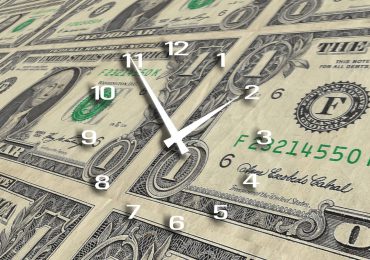Given the major trauma the events of 2008 and early 2009 had on investors, it might seem hard to blame someone for latching onto the advice of the relatively few strategists who have fared well — or at least not that badly — during the bear market. But according to newsletter-tracker Mark Hulbert, doing so could be a very bad idea.
In a recent special report for the American Association of Individual Investors, Hulbert writes that “performance in bear markets is a poor guide as to how an adviser or strategy will perform over the long term.” ($$) The two main reasons: First, the market historically has shown an upward bias, which means that many bearish managers don’t perform as well as many bullish managers. Second, and perhaps more interestingly, “performance in one bear market is a poor guide to returns in subsequent bear markets,” Hulbert writes.
Hulbert, who edits Hulbert Financial Digest, provides data showing that the 10 top-performing newsletters in the 2007-2009 bear market are on average well ahead of the market over the past five and ten years (through April 30), with average annual returns of 4.7% over the past five years (vs. a 2% loss for the broader market) and 4.3% over the past ten years (vs. a 1.6% loss for the market).
Over the past 15 and 20 years, however, these recent winners have lagged — considerably. The average annual 15-year returns for the ten newsletters is just 1.8%, vs. 6.5% for the market. And the average 20-year returns are 4.8%, vs. 7.6% for the market. The same trend occurs when looking at the performances of the 10 top-performing newsletters of the 2000-2002 bear. On average, they have outperformed the market in the five- and ten-year periods ending April 30, 2009, but have lagged in the 15- and 20-year periods.
In addition, Hulbert notes that several of the newsletters that performed best in the 2000-2002 bear did not perform that well in the latest bear, with five of the top ten losing more than 25% in the more recent downturn.
Another interesting point Hulbert makes: The ten newsletters with the best ten-year returns when the market peeked in 2000 have underperformed the market in the past five years (ending April 30, 2009), and produced annualized gains of just 1.2% over the past ten years. That’s no surprise, given that this 10-year period preceding the 2000 high was so bullish, and the market since then has been a bearish one. But when you look at the longer term — i.e., the 10-, 15-, and 20-year periods ending April 30, 2009 — these ten newsletters that took advantage of the bullish 1990s have significantly outperformed the 10 top 2000-2002 bear market newsletters and the 10 top 2007-2009 bear market newsletters. In other words, despite the bear-favoring market climate of the past ten years, top bullish newsletters are still outperforming the top bear-market performers over the long haul.
Hulbert’s conclusion: “If history is any guide, you will be better off going with newsletters that have the best long-term returns, even if that means incurring sizeable bear market losses. It appears that it is more important to perform well during the bull markets than it is to perform well during the bear markets. In other words, the best thing we can do for our portfolios might be to forget that this bear market ever happened — as difficult a task as that might otherwise be.”








